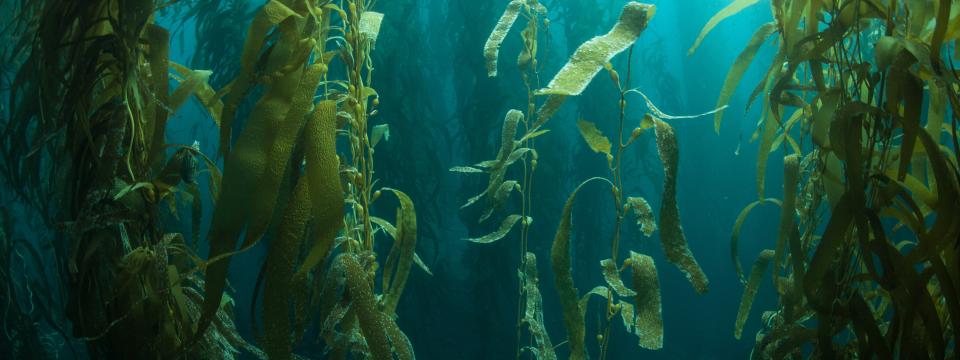This bibliography gathers publications over many years from a variety of researchers exploring topics of agency, directionality, and function (among others) with a special emphasis on CASP members. It began with work from teams within the initial Agency, Directionality and Function project and continues to be populated with papers and articles from diverse researchers looking to further develop and expand ways of working interdisciplinarily on the complex theme of teleology.
Included in the bibliography are entries for publications and books that many scholars involved in the Agency, Directionality and Function project recommended as foundational texts in their field of study. We welcome suggestions for additions to the bibliography from CASP members.
Education / Outreach
Ozturk, N., AYDIN-Günbatar, S., & Roehrig, G. H. (2023). Elementary science teachers’ engineering integration after long-term in-service training program with and without curriculum material support. Research in Science & Technological Education, 1–21.
Pérez, E. D. & El Hani, C. N. (2022). Successes and failures in the implementation of design research for the development of an educational innovation in biology. In Research Institute for Higher Education and Science (INAECU) (UC3M-UAM), New Trends in Qualitative Research (1a, Vol. 12). Ludomedia.
Reid, J. W., Polizzi, S. J., Zhu, Y., Jiang, S., Ofem, B., Salisbury, S., Beeth, M., Mohr-Schroeder, M., Sheppard, K., Roehrig, G., & Rushton, G. T. (2023). Perceived network bridging influences the career commitment decisions of early career teachers. International Journal of STEM Education, 10(1), 17.
Roehrig, G. (2023). Research on Teacher Professional Development Programs in Science. In N. G. Lederman, D. L. Zeidler, & J. S. Lederman, Handbook of Research on Science Education (1st ed., pp. 1197–1220). Routledge.
Roehrig, G., & Suh, J. (2023). Use of Structured Video Reflection to Develop Teacher Noticing During Lesson Study. In S. Dotger, G. Matney, J. Heckathorn, K. Chandler-Olcott, & M. Fox, Lesson Study with Mathematics and Science Preservice Teachers (1st ed., pp. 159–169). Routledge.
Veal, W. R., Morrell, P. D., Park Rogers, M. A., Roehrig, G., & Pyle, E. J. (2023). A Perspective on Drivers Impacting Science Teacher Preparation in Developing Countries. In G. P. Thomas & H. J. Boon (Eds.), Challenges in Science Education (pp. 83–108). Springer International Publishing.
Formal models of agency and cooperation
Ågren, J. A., & Patten, M. M. (2022). Genetic conflicts and the case for licensed anthropomorphizing. Behavioral Ecology and Sociobiology, 76(12), 166.
Allen, B., Khwaja, A.-R., Donahue, J. L., Lattanzio, C., Dementieva, Y. A., & Sample, C. (2023). Natural selection for collective action (arXiv:2302.14700). arXiv.
Axelrod, R. (1984). The Evolution of Cooperation. New York: Basic Books.
Bechtel, W., & Bich, L. (2023). Using neurons to maintain autonomy: Learning from C. elegans. Biosystems, 232, 105017.
Black, A.J., Bourrat, P. and Rainey, P.B. (2020). “Ecological scaffolding and the evolution of individuality.” Nature Ecology & Evolution 4:426–436.
Bouffet-Halle, A., Yang, W., Gardner, M. G., Whiting, M. J., Wapstra, E., Uller, T., & While, G. M. (2022). Characterisation and cross-amplification of sex-specific genetic markers in Australasian Egerniinae lizards and their implications for understanding the evolution of sex determination and social complexity. Australian Journal of Zoology, 69(2), 33–40.
Bourrat, P. (2019). “Evolutionary transitions in heritability and individuality.” Theory in Biosciences 138:305–323.
Buss, L. (1987). The Evolution of Individuality. Princeton: Princeton University Press.
Doulcier, G., Hammerschmidt, K., & Bourrat, P. (2020). Life history tradeoffs, division of labor and evolutionary transitions in individuality [Preprint]. Evolutionary Biology.
Durocher-Granger, L., Fiorito, S., Mudenda, S. K., Chiboola, M. M., Kansiime, M. K., Ludwig, D., & Leeuwis, C. (2023). Investigating the feasibility of developing a collective action for biological control of fall armyworm among smallholder farmers in rural communities of Zambia. CABI Agriculture and Bioscience, 4(1), 14.
Hamis, S., Somervuo, P., Ågren, J. A., Tadele, D. S., Kesseli, J., Scott, J. G., Nykter, M., Gerlee, P., Finkelshtein, D., & Ovaskainen, O. (2023). Spatial cumulant models enable spatially informed treatment strategies and analysis of local interactions in cancer systems. Journal of Mathematical Biology, 86(5), 68.
Love, A. C. (2023). Reflections on the Study of Biological Agency and its Evolution. Spontaneous Generations, 11(1).
Maynard Smith, J. (1982). Evolution and the Theory of Games. Cambridge (UK): Cambridge University Press.
Maynard Smith. J. and Szathmary, E. (1995). The Major Transitions in Evolution. Oxford: Oxford University Press.
McAvoy, A., & Wakeley, J. (2022). Evaluating the structure-coefficient theorem of evolutionary game theory. Proceedings of the National Academy of Sciences, 119(28), e2119656119.
Melgar, J., Schou, M. F., Bonato, M., Brand, Z., Engelbrecht, A., Cloete, S. W., & Cornwallis, C. K. (2022). Experimental evidence that group size generates divergent benefits of cooperative breeding for male and female ostriches. ELife, 11, e77170. https://doi.org/10.7554/eLife.77170
Mirramezani, M., Oktay, D., & Adams, R. P. (2023). A rapid and automated computational approach to the design of multistable soft actuators (arXiv:2309.04970). arXiv.
Nowak, M. (2006). Evolutionary Dynamics: Exploring the Equations of Life. Cambridge (MA): Harvard University Press.
O’Connor, C. (2019). The Origins of Unfairness: Social Categories and Cultural Evolution. Oxford: Oxford University Press.

